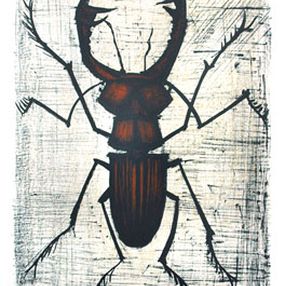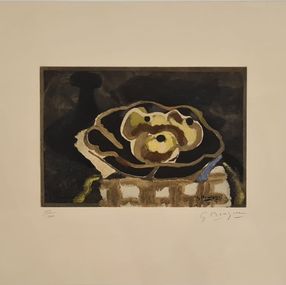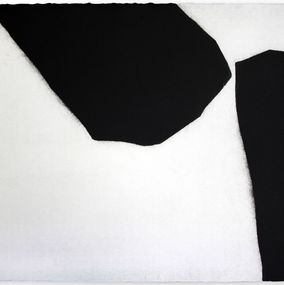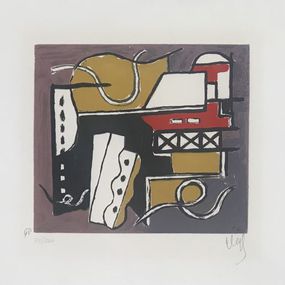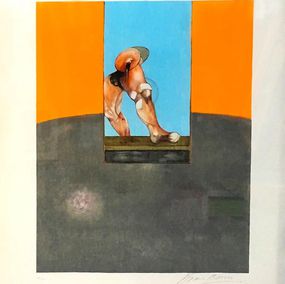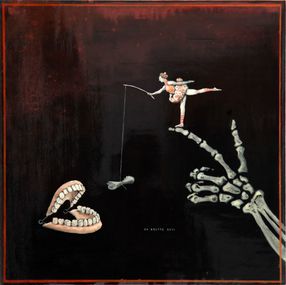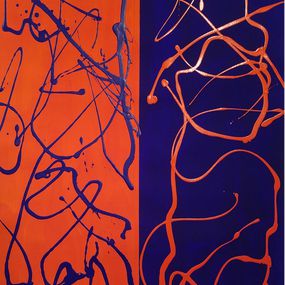

The purpose of art is to reveal the hidden beauty in nature.
Biography
Piet Mondrian is a Dutch painter born in Amersfoort, Netherlands, and died in New York, USA. He entered the National Academy of Fine Arts in Amsterdam in 1892 and was influenced by the Hague School, working on form, style, light, and space through naturalistic works and landscapes.
Piet Mondrian was then a realist painter concerned with representing reality and nature in all its aspects because according to him allowing him to access spiritual revelations. From 1897, he built works made of clear lines, using black pencil, watercolor, gouache, with dominant blue, gray, or brown.
From 1904, his style of painting changed and the landscapes became interior scenes made of long flat colors. He gradually turned to Fauvism but was also interested in Signac's divisionism or a certain expressionism of Van Gogh. He also pursues a philosophical reflection on the role of the artist, which he sees as having to grasp the essence of things and escape from materialism.
A follower of theosophy, he engages in compositions based on esotericism and spirituality. In 1912, he discovered cubism and decided to settle in Paris to join the group of cubist painters. During this two-year Parisian period, he went from figurative cubism to more abstract cubism in which objects lose their figurative function for a set of horizontal and vertical lines mixed with primary colors, a style thanks to which he gained international fame.
In France, major exhibitions devoted to Piet Mondrian are rare due to the artist's under-representation in public collections. In 1969, the first exhibition covering the abstract period of his work was presented at the Musée de l'Orangerie. In 2002, the Musée d'Orsay organized the exhibition “Mondrian from 1892 to 1914, the paths of abstraction".
Nationality
Categories
Artistic movements
Themes







